The first step in a pest management plan is to properly identify the pest and/or the damage and signs caused by the pest. The thought of a bed bug infestation is overwhelming to some folks, but there is no reason to let this small critter cause unnecessary fear. Learn how to identify all bed bug stages and the signs of an infestation to become empowered and be able to detect bed bugs when the populations are low.
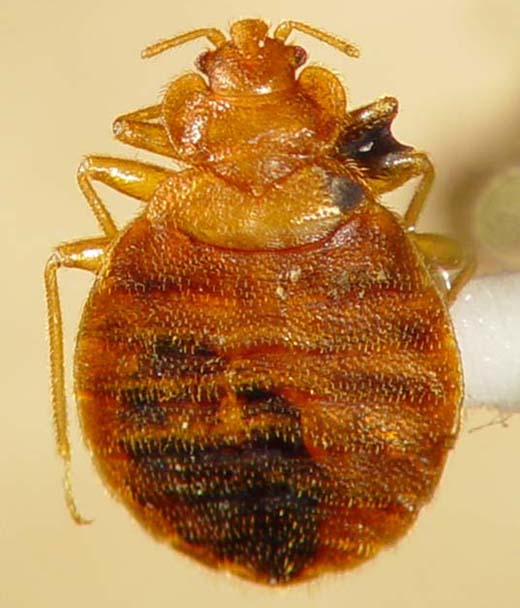
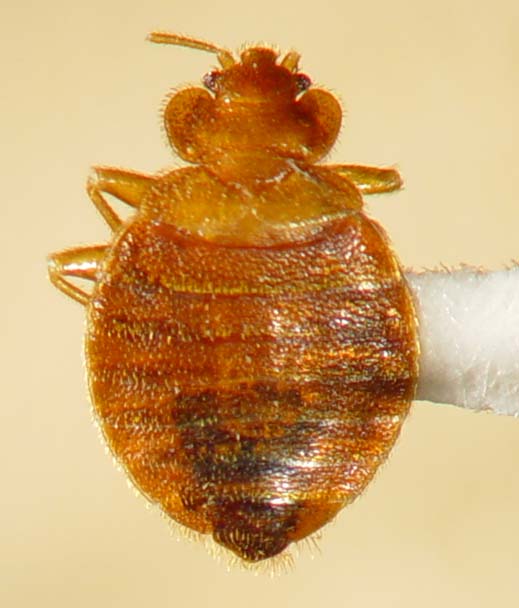
The adult female bed bug, Cimex lectularius L., can be up to a 1/3 inch long and nearly 1/4 inch wide. After shedding her nymphal skin, the female will mate with an adult male and subsequently begin egg-laying. Bed bugs lack wings and cannot fly, but they are very mobile. One bed bug was timed moving 16 centimeters in 4.2 seconds (7.6 ft./min.).

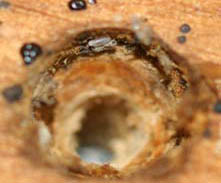



The female will cement the elongate, white, 1mm long egg onto a surface. Typically, a female will lay a few eggs a day and as many as 100 or more eggs during her life. About six to 10 days later, a nymph will emerge from the egg. First instar nymphs are clear to lightly colored with red eyes. After taking at least one blood meal between molts, the nymphs will go through five immature stages, called instars, before becoming an adult.
Bed Bug Bites
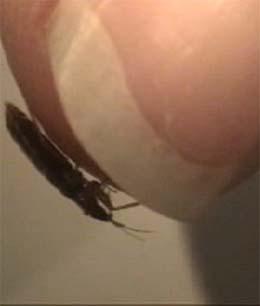
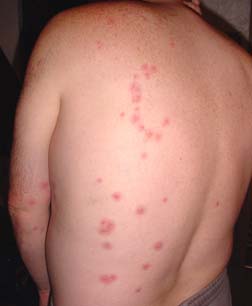
Medical professionals cannot accurately diagnose the bug by its bite. Bring a specimen to your local county Extension agent or pest professional for accurate identification. County Extension agents can perform this task in their office. If unable to confirm this identification, the agents have the option to upload images to the UT Extension Distance Diagnostics Web site. Because the human hosts are usually asleep when bed bugs are feeding, it is unusual for the host to be aware of them. The ensuing lump that develops or the tarry fecal substances left behind are often the first clues to the pest’s presence.
Fecal Speckling
Bed bugs can also be identified by their fecal speckling.

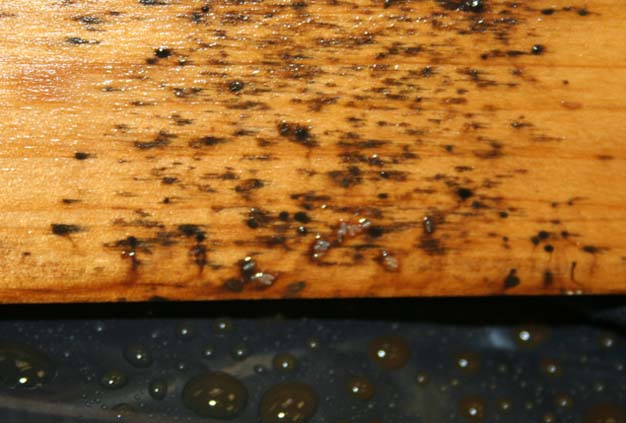
Mistaken Identities
In Tennessee, we could also encounter a relative of the bed bug called the bat bug or Cimex adjunctus Barber. Bat bugs typically nest in caves, but on occasion may roost in the dark spaces of an attic, where bat bugs may feed on the flightless young. When bat pups start to fly or when a colony is discovered and excluded, bat bugs may seek humans as an alternate food source. Humans, bat, poultry and other animals can serve as hosts for bed bugs and bat bugs. These two species share certain characteristics: the beak (or sucking mouthpart) does not reach the base of the second leg and the fourth antennal segment is shorter than the third.
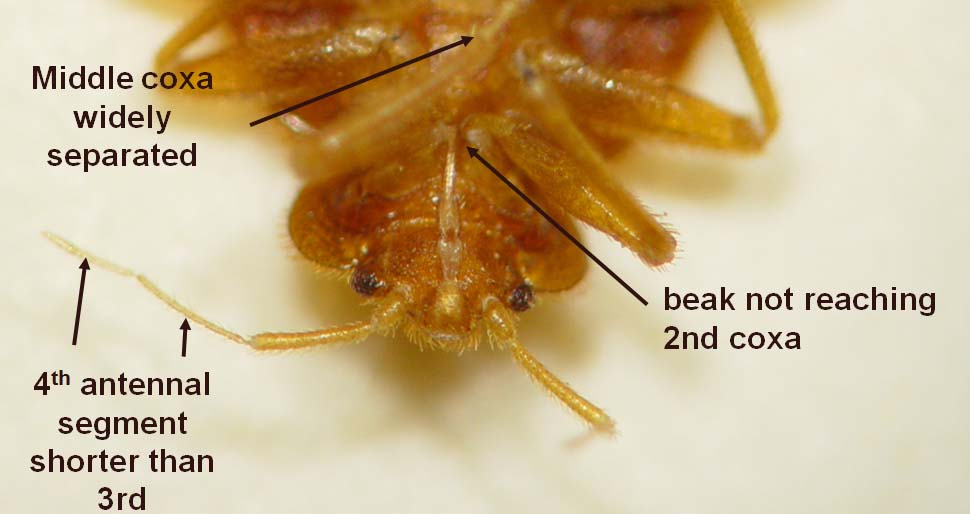
Distinguishing characteristics include the length of the fringe hairs on the pronotum, which are shorter than the width of the bed bug eye and longer than or equal to the width of the bat bug eye. It is possible for both bat bugs and bed bugs to be present in the same structure at the same time.
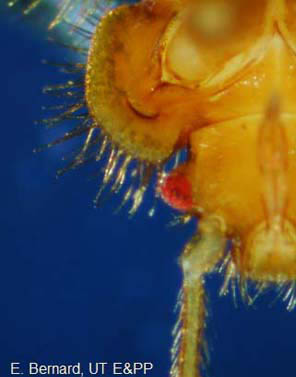
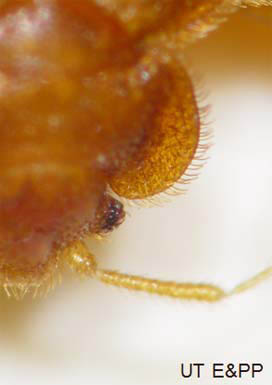
Additional Source: How to Identify a Bed Bug Infestation
Precautionary Statement
To protect people and the environment, pesticides should be used safely. This is everyone’s responsibility, especially the user. Read and follow label directions carefully before you buy, mix, apply, store or dispose of a pesticide. According to laws regulating pesticides, they must be used only as directed by the label and registered for use in your state.
Disclaimer
This publication contains pesticide recommendations that are subject to change at any time. The recommendations in this publication are provided only as a guide. It is always the pesticide applicator’s responsibility, by law, to read and follow all current label directions for the specific pesticide being used. The label always takes precedence over the recommendations found in this publication.
Use of trade or brand names in this publication is for clarity and information; it does not imply approval of the product to the exclusion of others that may be of similar, suitable composition, nor does it guarantee or warrant the standard of the product. The author(s), the University of Tennessee Institute of Agriculture and University of Tennessee Extension assume no liability resulting from the use of these recommendations.